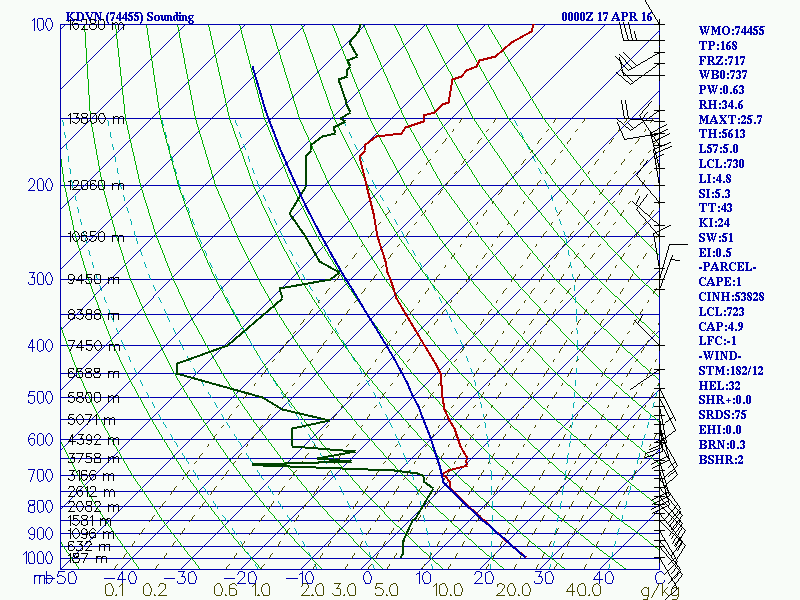skephu
Senior Member.
Climate scientist Paul Beckwith has posted a Youtube video where he debunks chemtrails by proposing that cleaner jet fuel and the physical and chemical changes in the atmosphere due to global warming make persistent contrails last longer because they consist of much smaller water droplets / ice particles than before.
Basically he proposes that contrails behave very-very differently because of these atmospheric changes than they used to, and this is what leads to the large number of long-lasting trails.
Basically he proposes that contrails behave very-very differently because of these atmospheric changes than they used to, and this is what leads to the large number of long-lasting trails.
Last edited:

